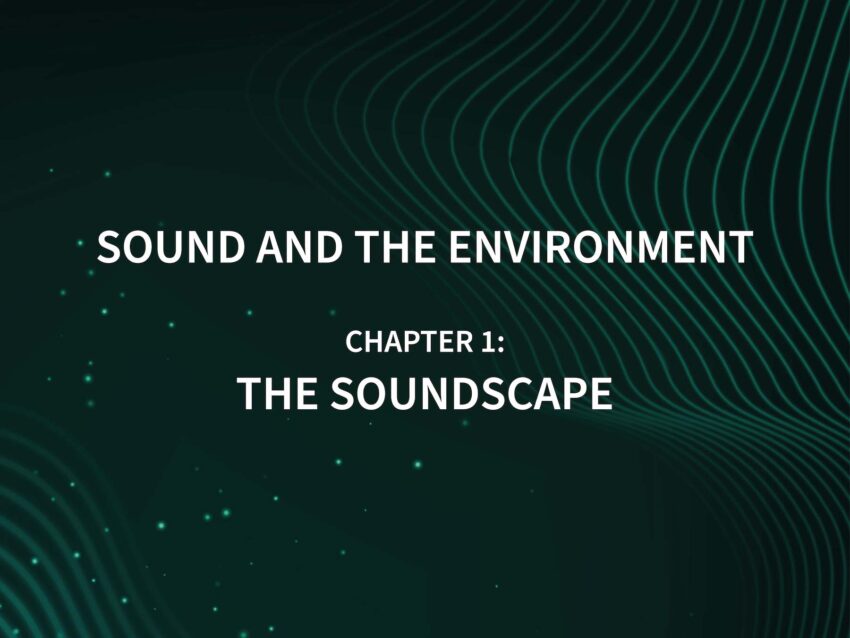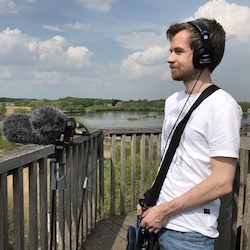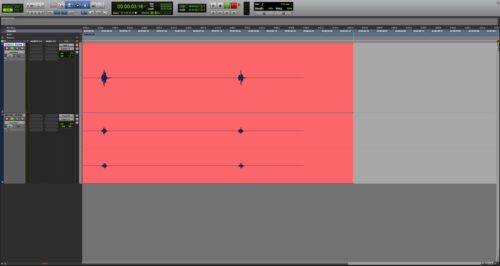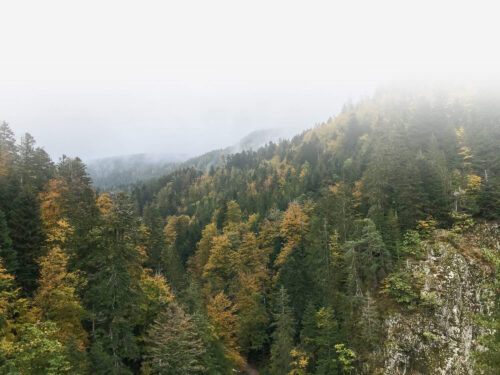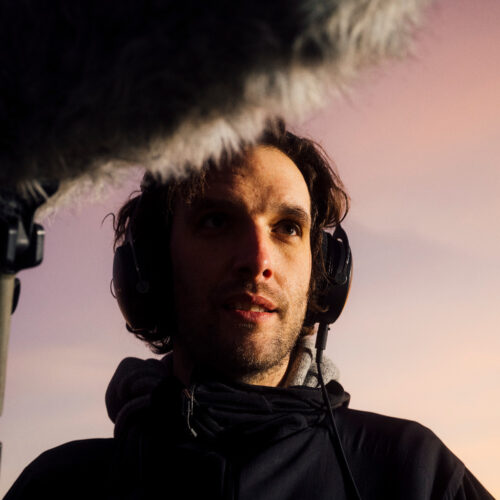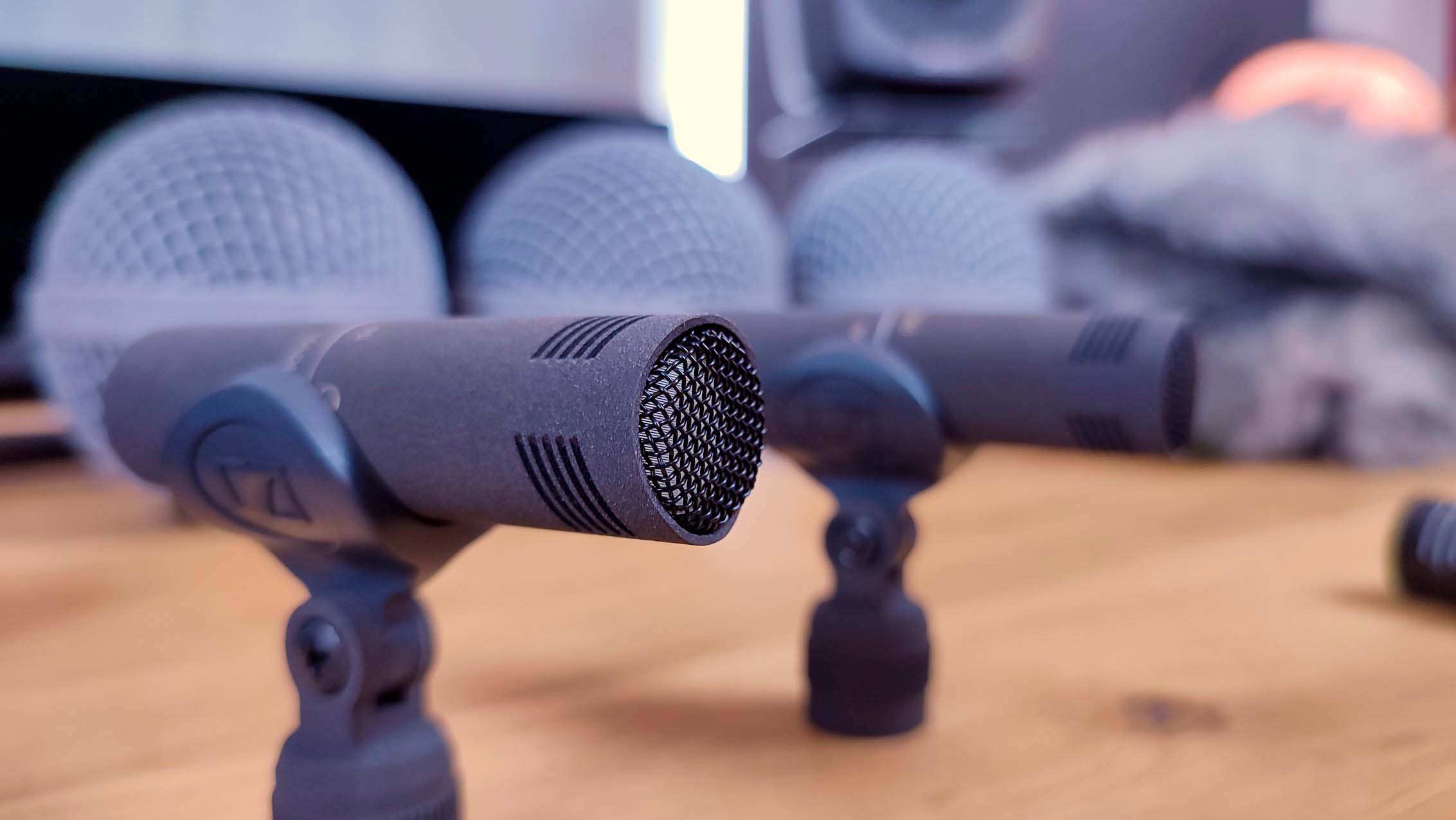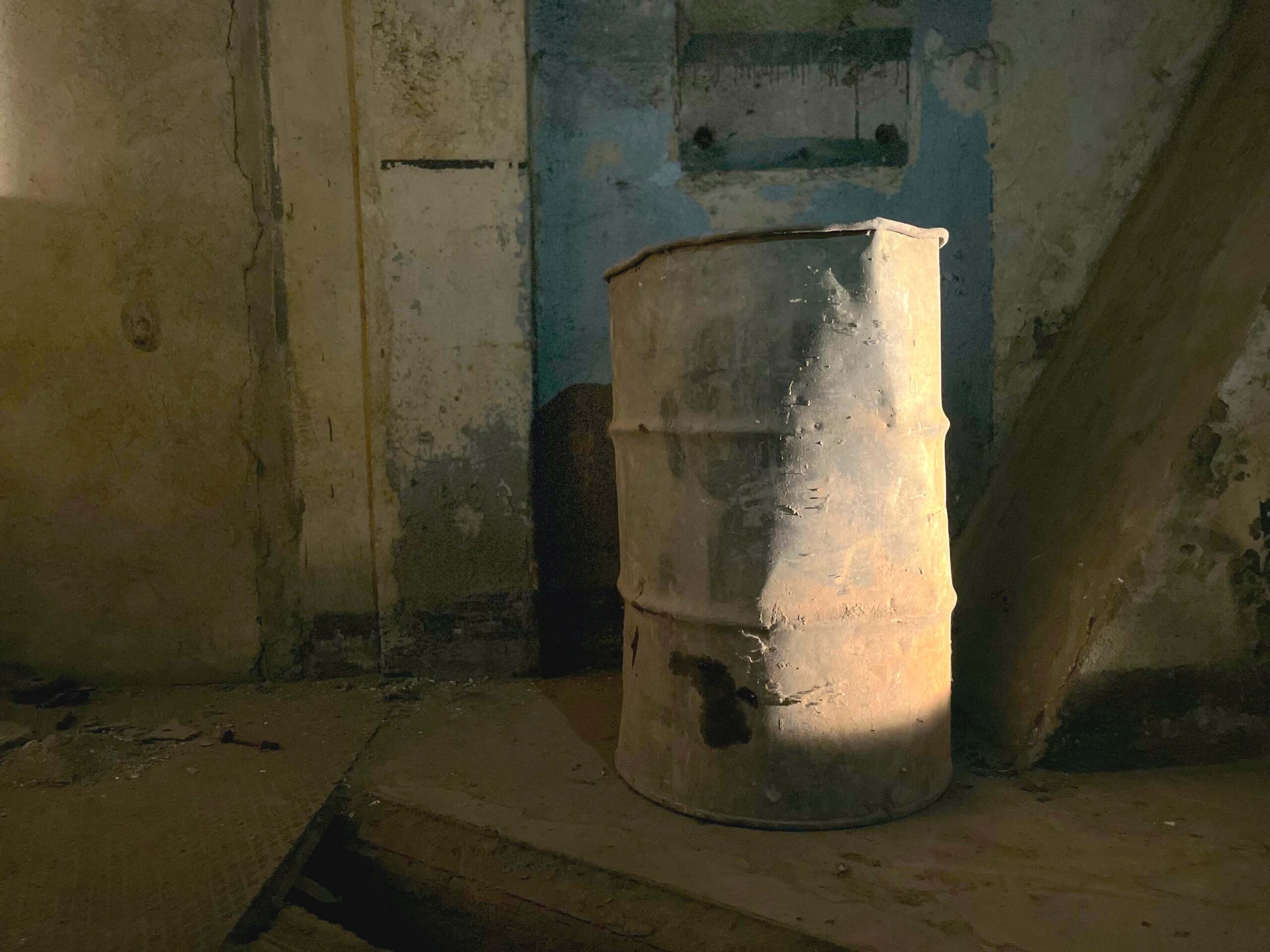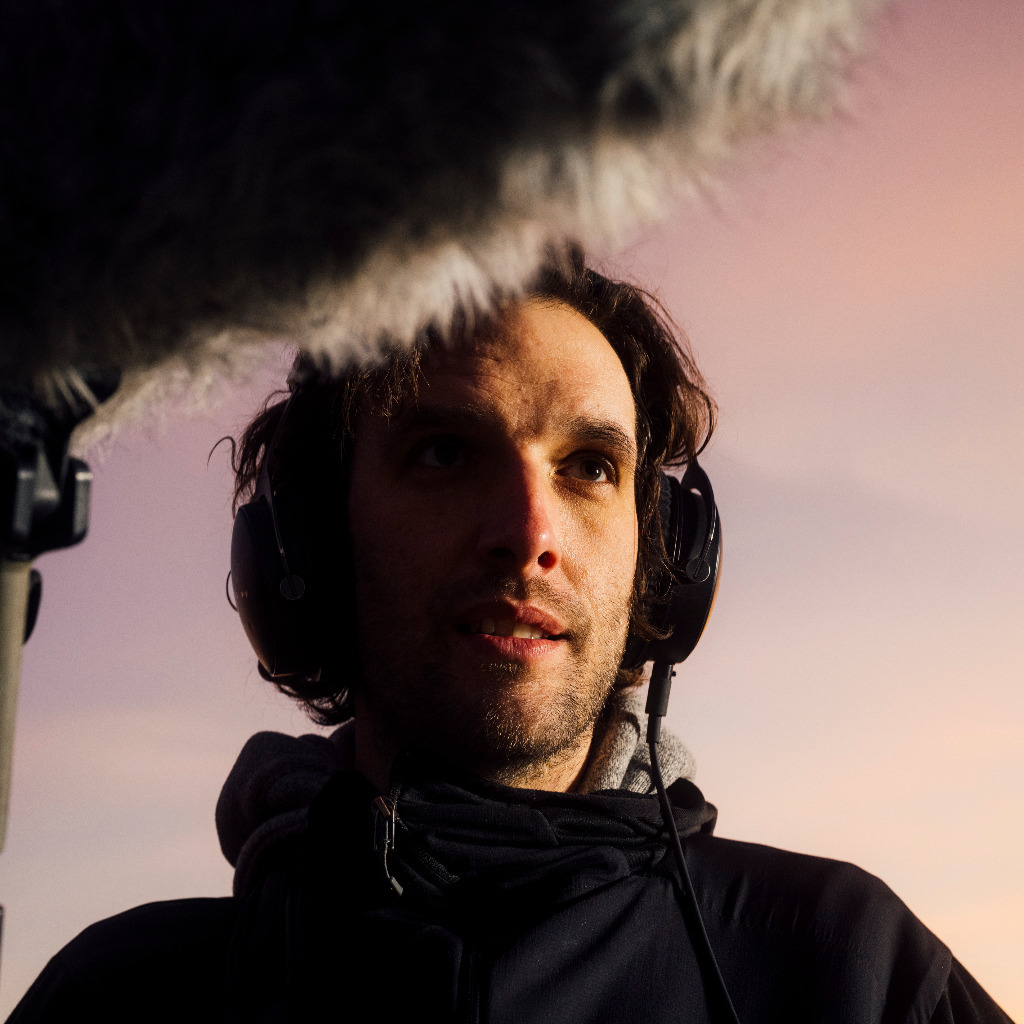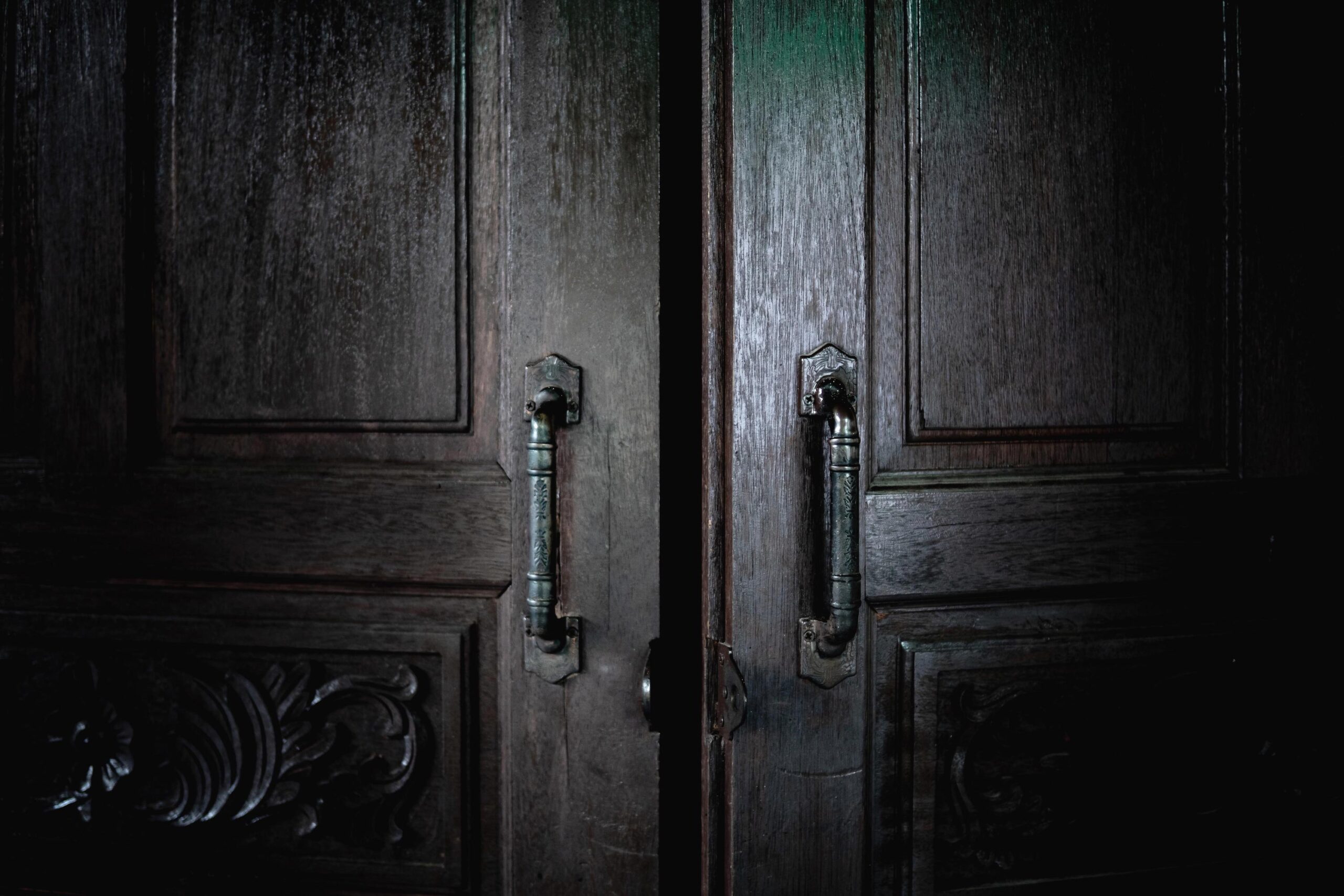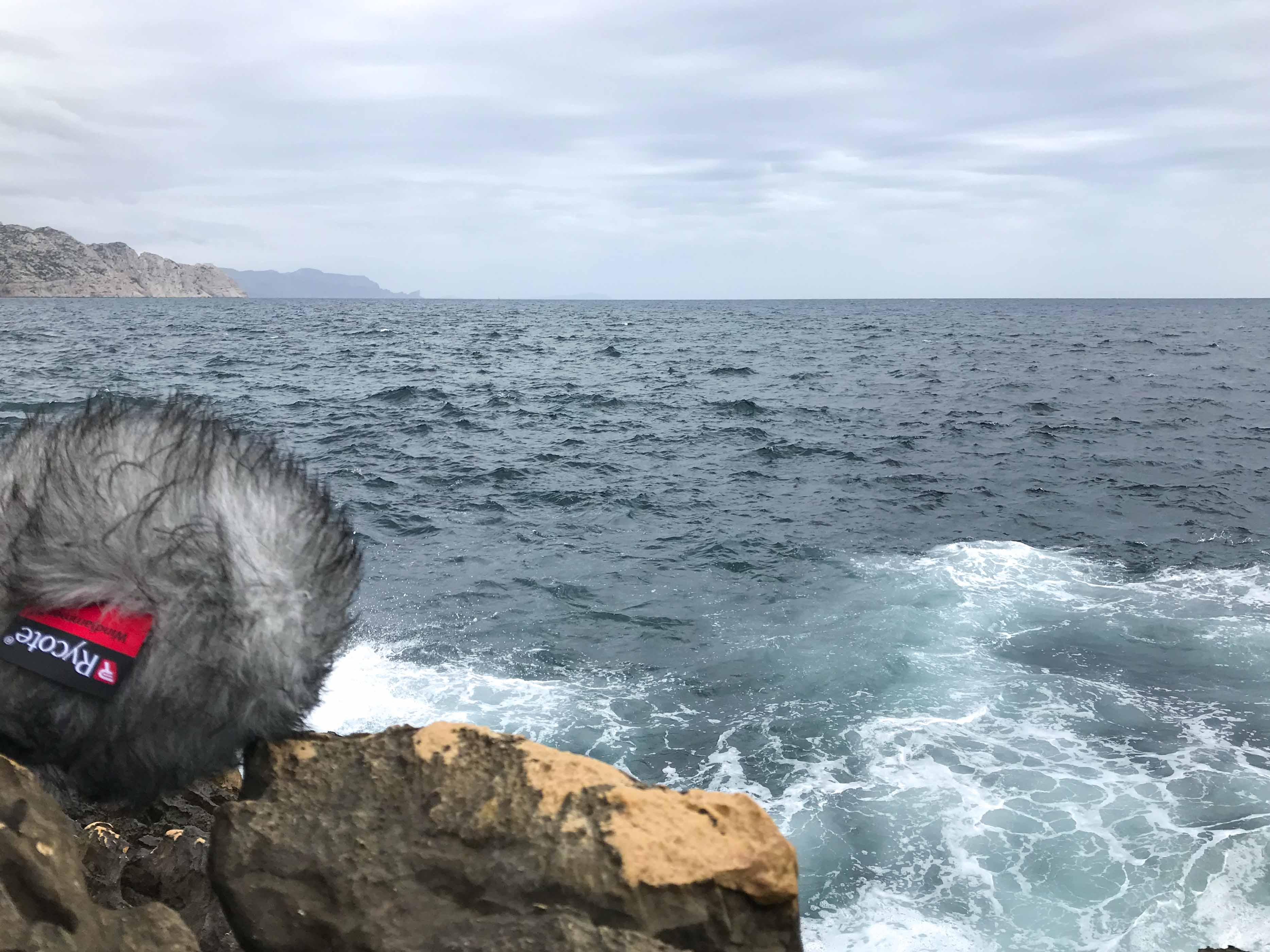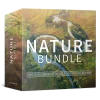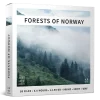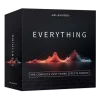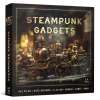BASICS
The starting point for studies and concepts on soundscapes, acoustic ecology and auditory urban planning are the publications and projects of R. Murray Schafer, a Canadian sound researcher and composer. With The Tuning of the World from 1977, he laid the foundation for new ways of seeing and hearing the environment; he attracted increasing public interest with the World Soundscape Project initiated in the 1970s. As a professor at Simon Fraser University in Burnaby near Vancouver, he and his team researched the soundscapes of various environments and landscapes in the course of the project and, with the sound recordings, provided an extensive archive documenting the sonic transformation of certain places over long periods of time. The World Soundscape Project aims to bring together scientific and sociological research as well as aesthetic aspects of the acoustic environment.
The neologism soundscape, deriving from sound and landscape, describes the totality of all perceptible sounds and noises of a certain place at a certain time. Soundscapes are therefore the acoustic counterpart of a visible landscape. The term was first used in 1969 by the American architect Michael Southworth to describe acoustic conditions of urban life, but was not developed further. It was Schafer who first defined the neologism as a situational auditory snapshot of a place in relation to its society, culture, geography, and technology. The urban soundscapes of industrialized societies are crammed with technical noise and allow conclusions about values and social circumstances. Consumption and efficiency can also be reflected in the louder and more hectic soundscapes.
In order to be able to analyze soundscapes, it is necessary to define classification systems with the help of which noises and sounds can be identified and examined for their properties and meanings. Schafer divides the characteristics of a soundscape into the categories keynote sound and soundmark.
KEYNOTE SOUNDS
Keynote sounds are sounds that occur permanently or very frequently and are therefore usually only perceived subconsciously. In the musical context, the keynote describes the key of a composition and forms the foundation for all other elements that are based on it. Similar to a composition, every soundscape has its own keynote, like the murmur of a brook, the steady sound of traffic or the hum of a refrigerator. Fundamental tones have a direct influence on their environment and can define the sound of entire regions or societies.
SOUNDMARKS
Soundmarks and signals stand out from basic sounds and are consciously heard. In the context of urban soundscapes, signals are mostly sounds with a warning or communicative character, such as sirens, bells, ringtones, and horns. Soundmarks are unique sounds that have a high degree of meaning and can give a society its identity. These sounds can be considered acoustic landmarks and should be protected and preserved at all costs. Examples of distinctive soundmarks are characteristic bell melodies or foghorns in coastal areas.
HI-FI AND LO-FI
Schafer speaks of acoustic transparency when signals and soundmarks are clearly distinguished from the fundamental tone and every sound can be clearly heard. Such a soundscape is characterized as hi-fi and is usually of natural origin. It is characterized by a favorable ratio between signal and noise, allowing the listener to hear more profound into the distance. Built-up areas and cities, on the other hand, not only obstruct the visual perspective but also the acoustic one, thus limiting the perception of distant sounds. In addition, the overlapping of acoustic signals makes a differentiated analysis of individual sound events impossible. These lo-fi soundscapes are created by excessive technical and mechanical noise, which is mixed into a permanent broadband background noise in urban society. Important signal sounds are masked and have to be amplified in order not to endanger communication and perception. The resulting increase in noise levels in modern cities has a negative impact on people and nature, and creative approaches are needed to solve this problem and design sustainable living spaces. Schafer’s endeavor is to orchestrate the acoustic environment by arranging sounds in such a way that the noise and clutter of modern soundscapes evolve into an all-encompassing transparent composition.
The next article will deal with the concepts of geophony, biophony and anthropophony, which can be used to analyze soundscapes in more detail. For this purpose, we provide practical examples that let you delve even deeper into the matter.

